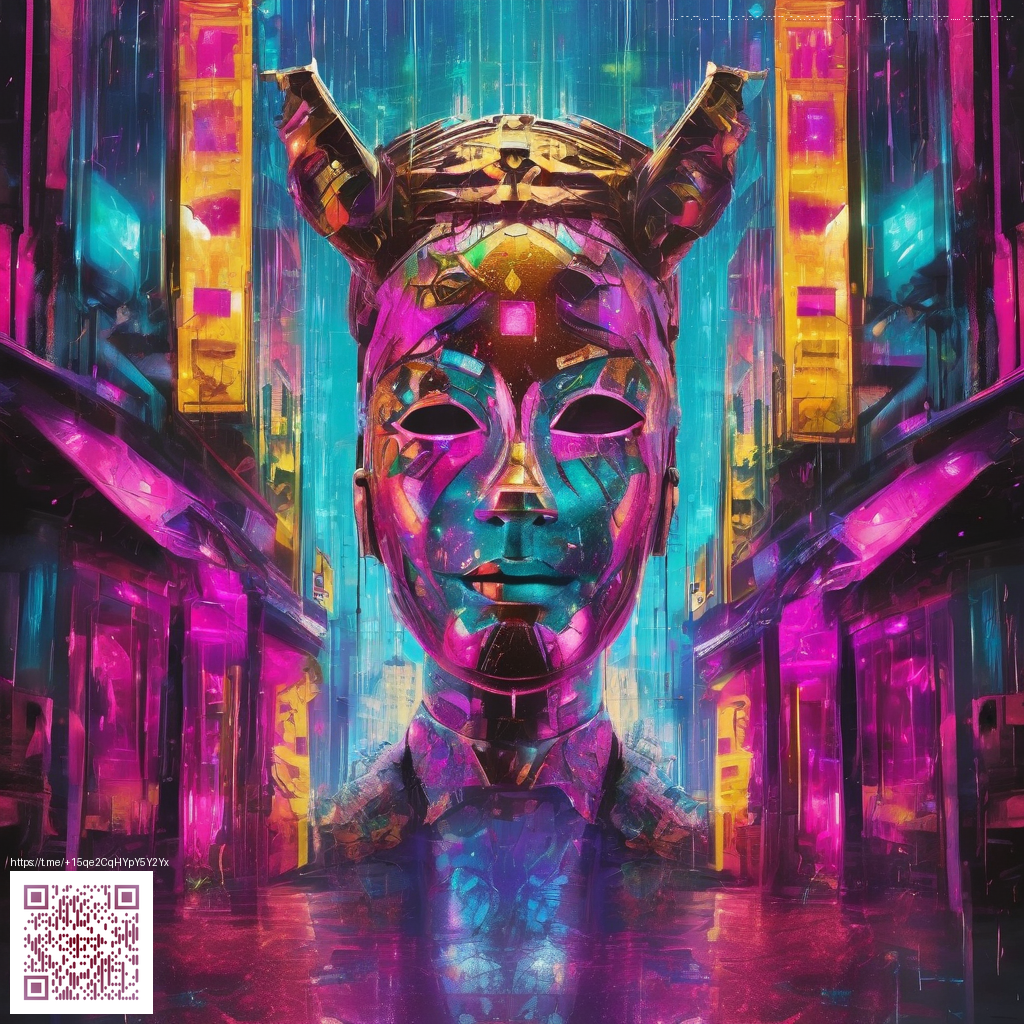AI-Driven Procedural Worlds: Redefining Game Worldbuilding
In the past decade, procedural generation has moved from a niche curiosity to a cornerstone of modern game design. When you combine procedural techniques with artificial intelligence, you unlock worlds that feel alive, react to player choice, and evolve in ways that are both scalable and surprising. AI-driven procedural worlds aren’t about replacing human creativity; they’re about extending it—providing designers with tools that can imagine and iterate at speeds that traditional methods simply can’t match.
What makes AI-driven procedural worlds different
Traditional procedural generation relies on fixed rules and seeds. AI-driven approaches, by contrast, add a layer of learning, adaptation, and narrative coherence. You can train models to understand your game’s tone, lore, and ecosystem, then generate environments, quests, and characters that stay true to those constraints even as they surprise players with novel combinations. This hybrid workflow blends the predictability of rules with the creativity of machine learning, resulting in worlds that feel organic yet purposeful.
Key advantages include:
- Scalability—vast, varied landscapes that adapt to different play styles without manual handcrafting.
- Coherence—AI helps maintain internal logic across biomes, cultures, and ecosystems, reducing jarring leaps between regions.
- Player-driven shaping—systems respond to decisions, making each playthrough feel unique.
- Rapid iteration—designers test ideas quickly, refine narrative beats, and push creative boundaries with less production overhead.
“AI acts as a co-designer, elevating worldbuilding from a linear script to a living organism that learns from player behavior.”
Design principles for balancing AI and artistry
To harness AI without losing the human touch, teams often follow a core set of principles:
- Modular content blocks—design small, interchangeable pieces (locations, factions, events) that can be recombined by AI without breaking narrative continuity.
- Guided randomness—define tension curves and thematic anchors, then let AI explore variations within those boundaries.
- Constraints as catalysts—use constraints to steer creativity (e.g., a biomes’ ecological rules or culture norms) while allowing unexpected outcomes within them.
- Evaluation loops—establish playtester feedback as a loop for AI systems, ensuring generated content aligns with player expectations and the game’s story arcs.
- Traceability—keep provenance data for AI-generated content so designers understand why a location looks and behaves a certain way, enabling easier tuning.
From concept to world: pipelines that merge AI with art and engineering
Successful AI-driven worldbuilding sits at the intersection of data science, narrative design, and content production. A typical pipeline might look like this: designers draft high-level world rules and lore; AI models generate spatial layouts, environmental palettes, and quest threads; artists and level designers polish visuals and tune pacing; programming fixtures ensure that generated content integrates with gameplay systems such as combat, diplomacy, and exploration. The result is a living, breathable game world that scales with player choice, not just with file sizes.
In practice, this means embracing a collaborative workflow where human intent guides machine exploration. You’ll want robust tools for seed management, content tagging, and version control to keep iterations coherent. And while AI can draft a compelling canyon, a designer’s touch will still shape the lighting, surface details, and micro-interactions that give a world its personality. For developers who value comfort during long design sessions, consider a quality setup such as a Gaming Neon Mouse Pad 9x7 Personalized Neoprene—a small but meaningful upgrade to your workstation that keeps you focused when ideas start to snowball. Gaming Neon Mouse Pad 9x7 Personalized Neoprene.
As you weave AI into your engine, remember that the goal is not to remove the designer’s fingerprints but to amplify them. AI can propose countless variations, but it’s your oversight—the choice of which variations to keep, which to discard, and how they align with gameplay goals—that determines whether a world feels cohesive, immersive, and replayable.
Practical steps to start integrating AI into worldbuilding
- Define clear thematic anchors and narrative goals before generating content.
- Build a modular content library that AI can recombine without breaking consistency.
- Set up evaluation metrics that balance novelty with coherence.
- Iterate with designers and players to refine how AI-driven content shapes gameplay loops.
- Maintain a robust content pipeline to track provenance and enable rollback when needed.
